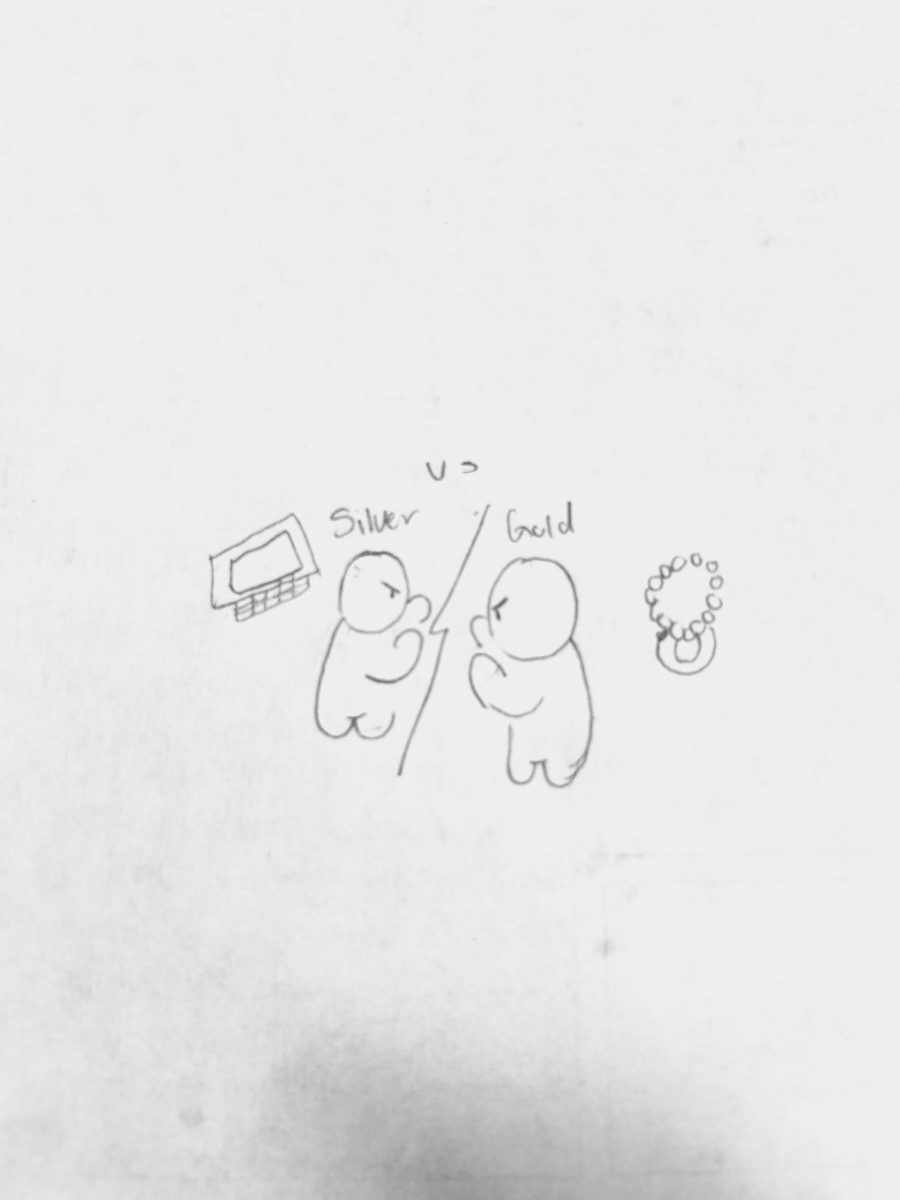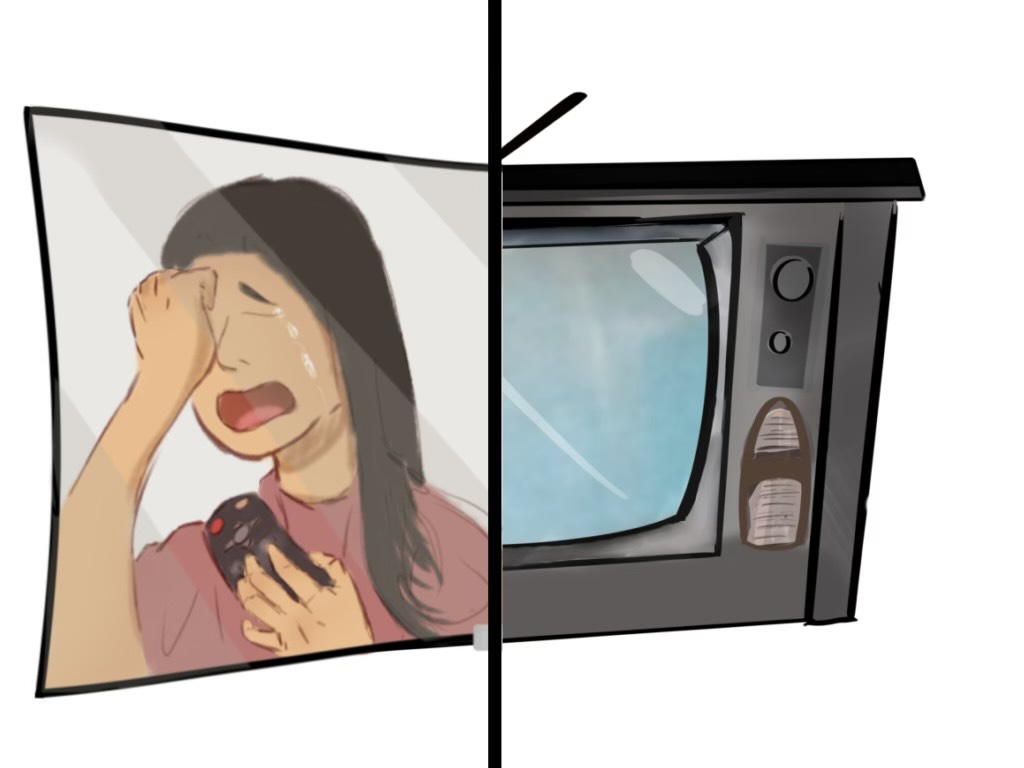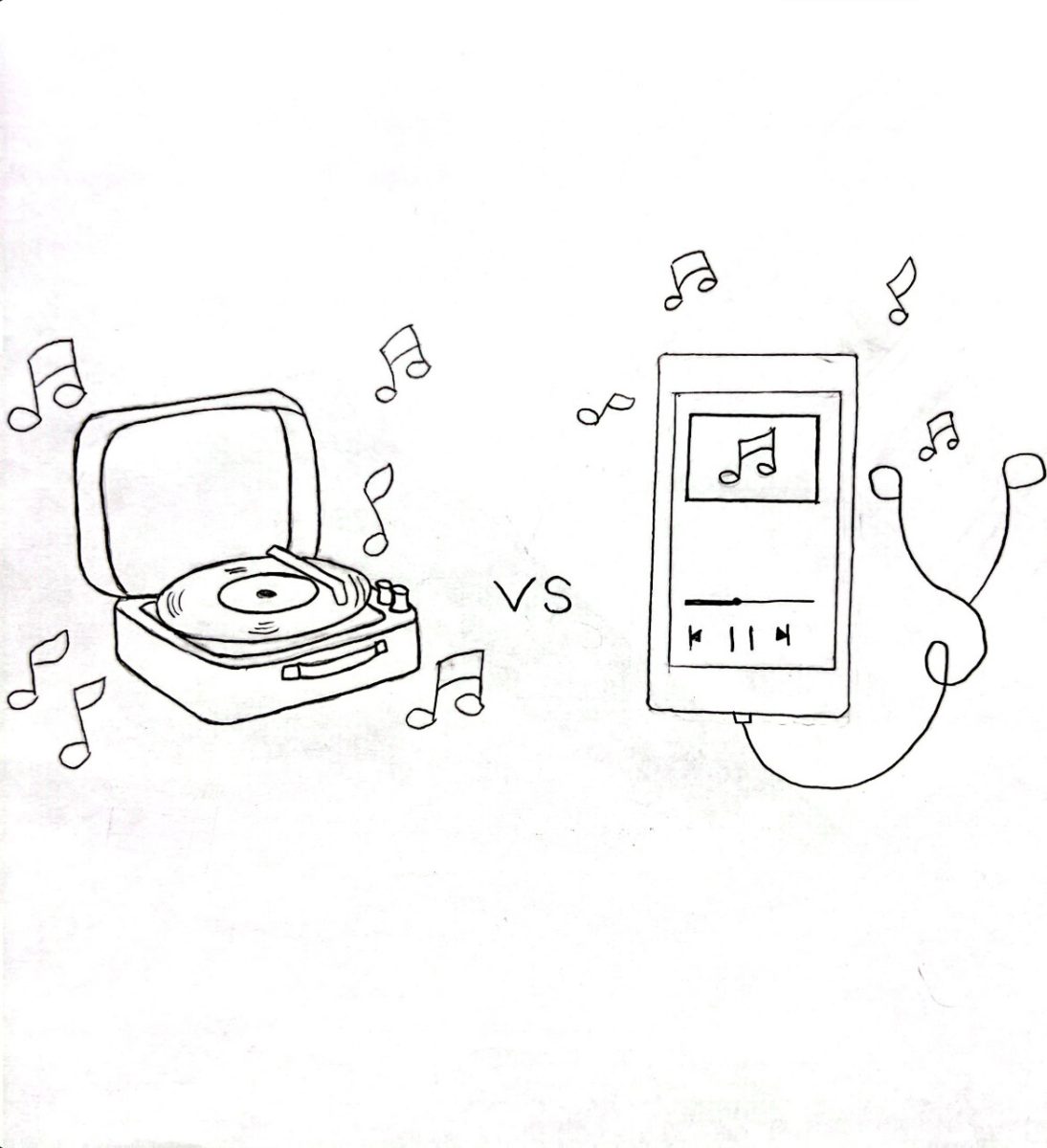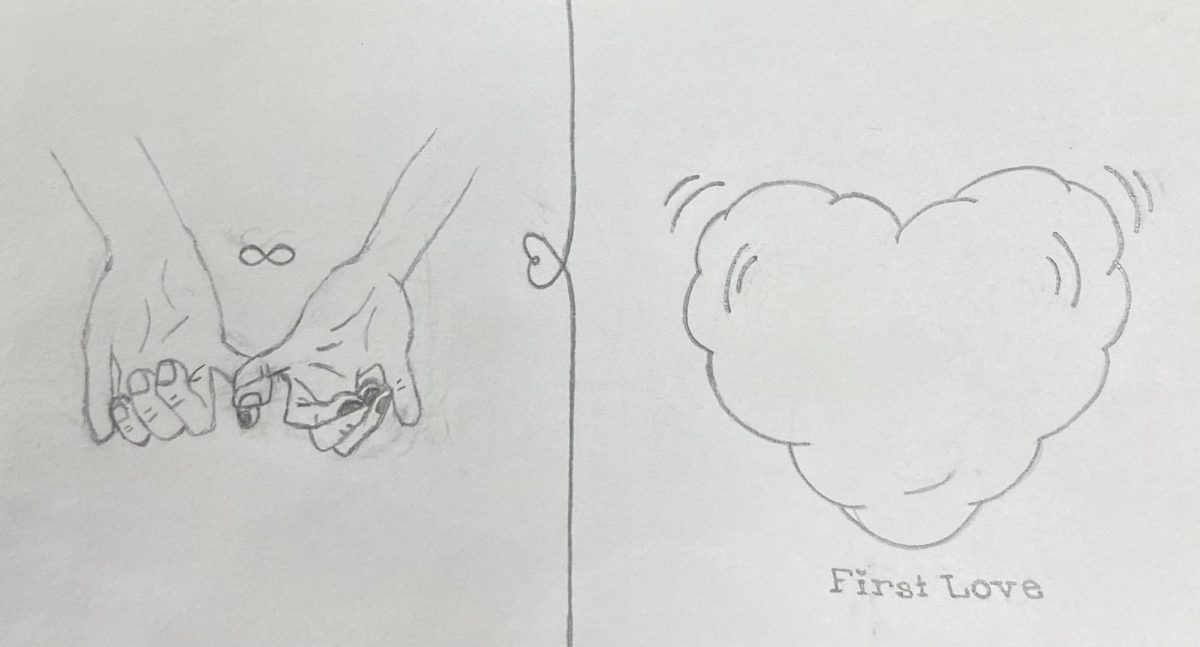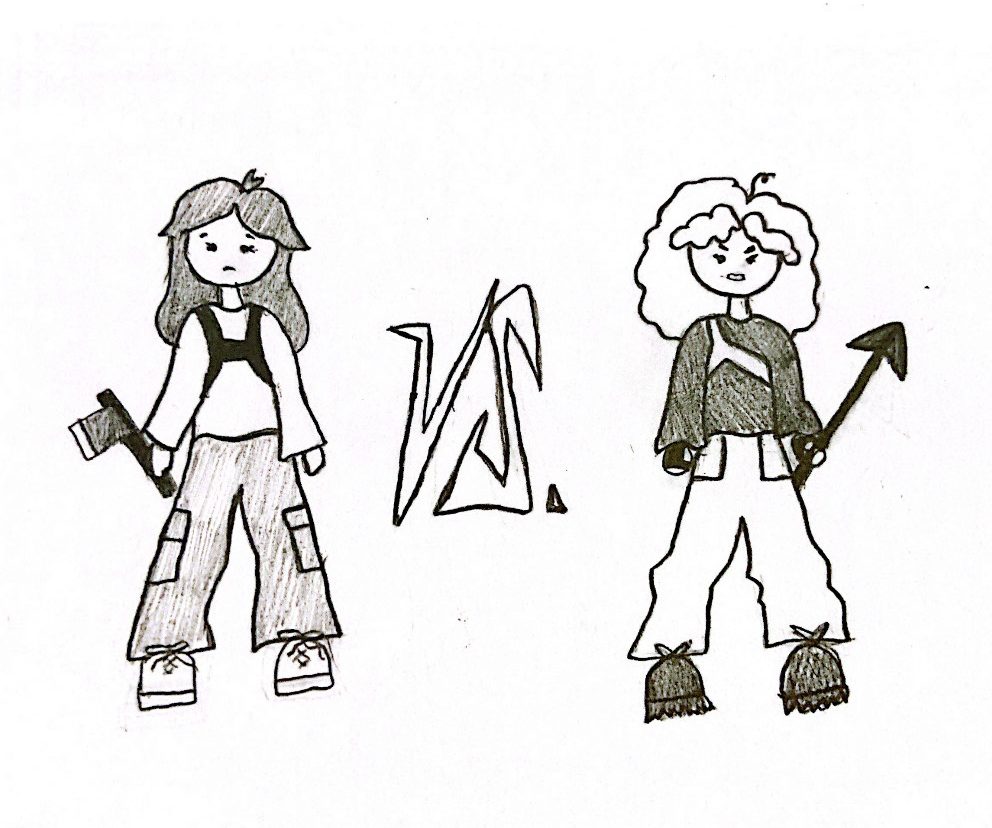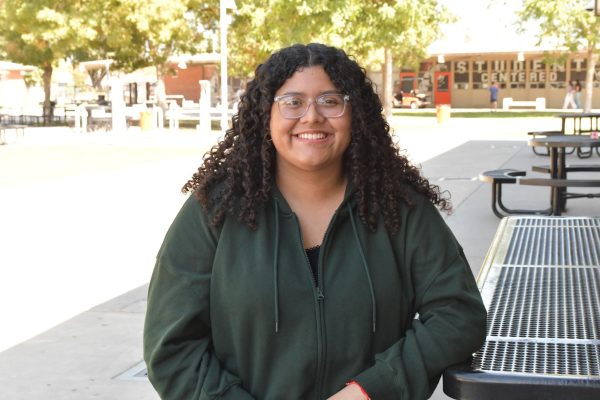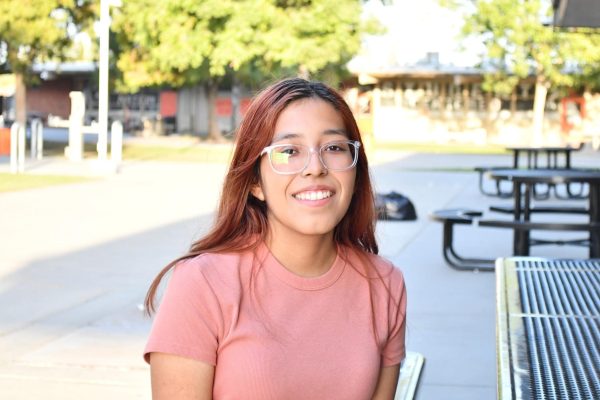The Worst Trend of All: Obsession
By Taneisha Martinez
It was tough to look up trends for this debate and choose just one among the numerous bad ones, as the worst. I found several that were frustrating, yet truthfully, no trend made me as irritated as “fridgescaping,” a trend that involves decorating your fridge of all things. However, I can admit (sadly) that it is not the worst out there. By subjecting myself to the senselessness of this cycle, I came to realize, and I say this with some confidence, that the worst of the worst— by far, is the obsessive trend of having or making new trends.
In other words, the trends within the makings of a trend are what is behind many of the damaged and harmful attitudes that are reflected today on social media. They are what leads to the rapid rise and fall of all that is trending. It is also, due to the cycle of how they work, that so many meaningless new trends arise.
Think of it like this: Trends are always introduced, (there will likely never be a time where they no longer exist) because people love to fit in, and trends are built to allow almost everyone to follow. But in recent years the trend itself has become actively seeking new trends, following them, and ceasing them as soon as another arrives. The extensive increase of demand for products, and even a shift in attitudes has been the outcome of this. While it can be said that trends worked this way, even before social media, it cannot be denied that social media has enabled it to go further. It has begun overproducing new trends every other day. It has become a trend to continue the cycle and move on just as quickly. Trends don’t last very long anymore. They last sometimes, the longest for a month or so, the average for two to three weeks, and some even last about a week.
Additionally, everyone wants to be the one to provide it—the next big thing. Even if it’s been done before, it doesn’t matter as long as it is successful.
Therefore, at some point, we started to lose authenticity. There is so much recycling that takes place behind this that trends have become unoriginal, and we have lost some creativity and spark. Some people forget how to form their own identity.
Social media is what promotes this style of trend. Apps, like TikTok, push this upon their users. They are what pump out so many of these new trends.
As such, companies also capitalize on this huge issue. They jump onto the latest trends, fueling the cycle, and causing a rise in consumerism. As trends begin to become synonymous with consumer behavior, the normalization of harmful actions rises. Also, leading to increased overconsumption. I cannot lie and say that the opposing side is not correct in declaring this trend harmful. It leads to people beginning to disregard the effects of the many products they buy. They prioritize the fulfillment they might gain through material possession or assimilation, leading to a continuous wave that is never stopping. They also begin to dismiss the issues that will arise, as they continue to fall into the obsession of seeking new trends of any kind. So, once they find another they move on quickly, as do companies.
However, while overconsumption is a bad trend in our society, it is not actively a purposeful one. People are not seeking to single-handedly break a record of being the biggest contributors to overconsumption, just because it is a trend. The trends built to fulfill the cycle are what breed it. By following these trends, people are misguided into wasting money, time, and resources, to fit in. The average consumer (for the most part) is influenced by the obsession of trends, due to the belief that they need, (or need to want) whatever the next big thing is. It is this obsession with trends that drives them into it. This is why this obsession is the worst trend to exist.
Ultimately, to further convince you, all I have to do is point out that all other trends are caused by this singular one. So all the others Monica may throw out cannot be the worst, because they exist due to this trend alone. If all bad trends stem from this single bad one, then surely, I am correct by default.
Overconsumption: Fourth Graders and Cups
By Monica Cruz Perez
A couple weeks ago, as I was scrolling through social media, I came across a video. A frightening video.
An aesthetic GRWM video.
After ten bottles of skin care and two Dyson hair products, Ms. Trendy put her iPhone 15 Pro Max in a toaster-looking machine to “clean” it. After much contemplation, she chose a white Stanley cup from her massive collection. Then she started equipping that $40 cup like you would get a child ready for school. The Stanley had a $40 sleeve with a couple of pockets and a strap to make it a crossbody Stanley. In the pocket, she put her $40 Dior Lip Oil, an in-season Coach card wallet, a $10 non-reusable limited edition-scented Touchland hand sanitizer. To top it off, she attached a tiny $34 Lululemon backpack to it.
Perhaps overconsumption has not reached this level yet in most people’s lives. However, the recurrence of these videos on my feed and the countless views and likes they receive (compared to other trends) are concerning. In an endless cycle, people capitalize on these videos, buying more products as an increasing number of “influencers” take up the trend.
Actually, not just influencers, but CHILDREN. Elementary schoolers are starting to worry about their baby-smooth SKIN.
I’ve seen influencers’ skin care routine consist of face & lip masks, toners, essences, cleansing oils, micellar water, serums, exfoliants, eye cream, and spot treatments all from an endless list of brands like Drunk Elephant, Glow Recipe, and Laneige. The unsupervised children on social media see youthful influencers, many of them with already clear skin, using all these products and are led to believe that they must use it too. (I used to be in denial, thinking that “Sephora seven year olds,” as the internet calls them, were an internet myth. You would imagine how my jaw dropped when I saw a ten year old girl buy a Drunk Elephant ANTI-AGING serum.)
I know this specific skincare example isn’t really the influencers fault, as they assume their audience is young adults, not children. I am also aware that some of these skincare routines actually help people with acne and other skin conditions.
My issue with these trends is when they become a consumption frenzy. For example, when people stand in front of Target at 5am to be the first to get the limited-edition Valentine’s Day Stanley. Or when people blindly splurge on every expensive skincare product just because it’s trendy and not to help their actual skin concerns.
A part of people’s lives began to revolve around these products. Not just influencers desperate to get views but viewers who began to unconsciously believe their lives will be just as aesthetic as GRWM’s if they too own those products.
The chase is after abundance, until merchandise is pouring out of your hands. Indulge, and you realize you’re not even going to use your fifth Stanley. Overconsuming is just a trophy on display with no accomplishment or story behind it.
While our wallets empty, social media glorifies having the newest autumn lipstick shade, and we fall into the trap once again. All because our materialistic society can’t have its fill of short term happiness at the checkout, we usually spend more money on these addictive trends than others.
